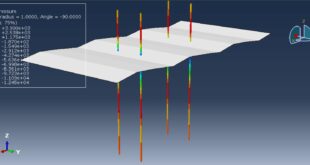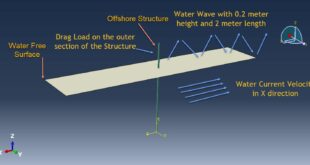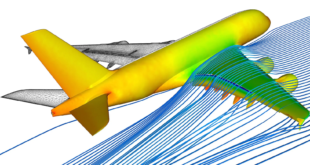Simulation static modeling of masonry wall(brick+mortar) under compression load in Abaqus has been studied in the present tutorial. Mortar is modeled as a three-dimensional solid part. Bricks are modeled as as three-dimensional solid parts. You can see a figure of the assembled parts below
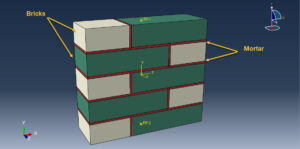
Masonry wall systems are building systems that use masonry materials such as brick, stone, or concrete blocks to construct walls. These materials are typically stacked on top of each other and held together with mortar. Masonry is the oldest technique used for constructing buildings or structures.
Stress analysis of a brick-mortar is analyzed during this tutorial. Structural engineers use specified civil engineering standards during the design process of any object. These standards comprise the majority of building cases, however, for complex and unusual buildings the structural engineers can use a numerical analysis of the structure. For sufficient analysis of the structure and approved material, it is necessary to apply a proper material model in the numerical analysis. Masonry structures are challenges for engineers during the design process of complex objects due to the visible layered structure of the material. The use of an adequate model in this case is crucial. The majority of existing and historic masonry structures is composed of regularly or semi-regularly arranged clay or stone units, bound through the use of mortar. The complexity of the structural behavior of masonry arises from the dimension ratios of the members, the brittle behavior of its constituent materials in tension and shear, and the geometrical complexity of the bond patterns. This
complexity is further compounded by the mismatch of the elastic properties of the constituent materials, which leads to irregularities in the stress state at the meso–scale, particularly in the case of vertical, horizontal, and diagonal compression
To model the behavior of bricks and mortar, elastic and plastic data are selected. The general static step is appropriate for this type of analysis. The contact is considered among all contact domains. The proper boundary conditions and meshes are assigned to the parts
After the simulation, all results such as stress, strain, displacement, force-displacement diagram, and others are available. You can see some figures for the results below
You can provide this simulation’s CAE, INP, and English video files here. The cost of these files is Twenty-Six Euros. you can click on the bellow bottom to begin the process
You can purchase the tutorial through a PayPal account, a Visa, or a Master card, just before payment, send me an email to this address: karampourp@gmail.com

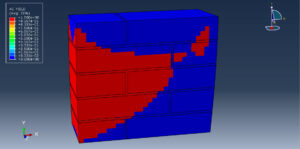
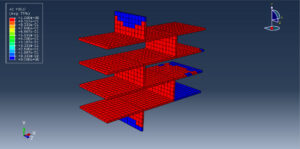
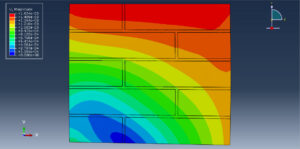
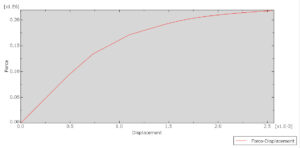
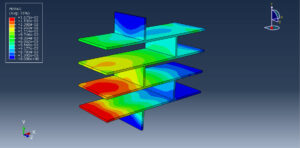
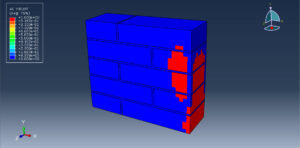
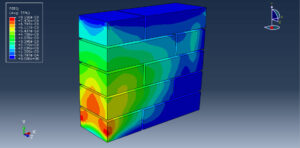
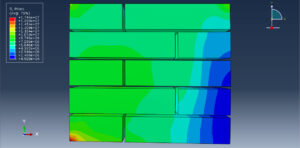
 Abaqus tutorials Abaqus tutorials
Abaqus tutorials Abaqus tutorials
